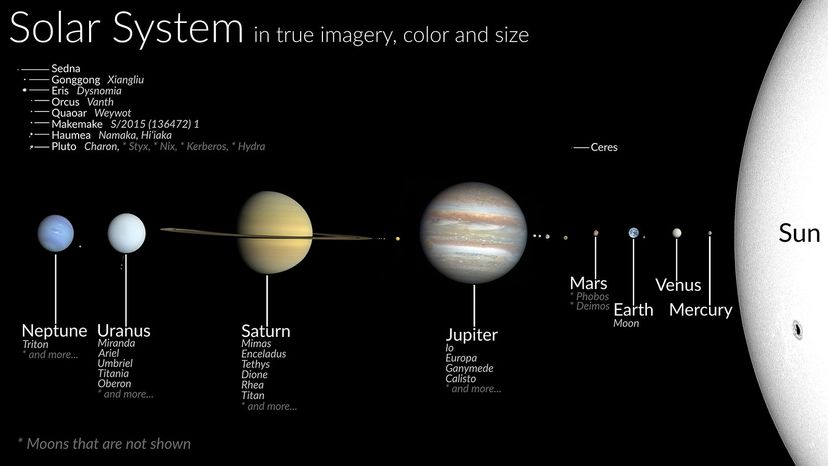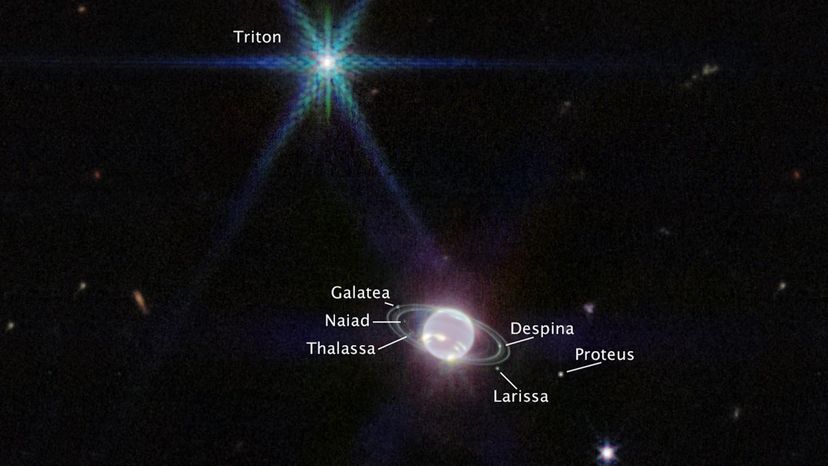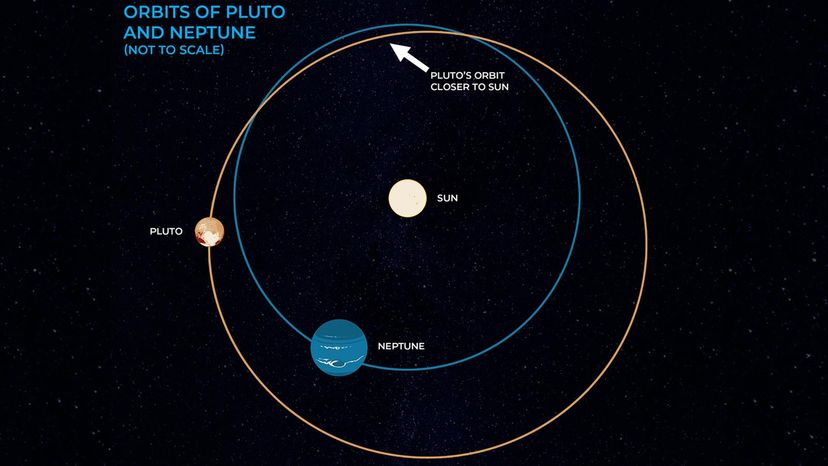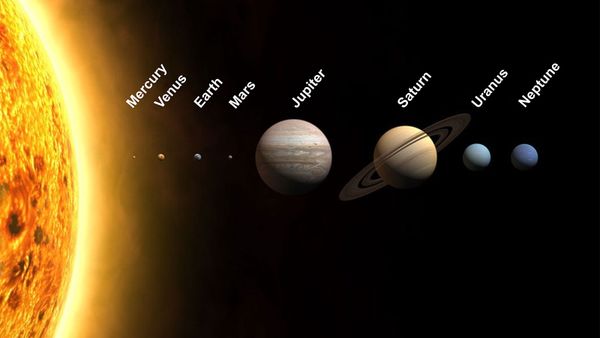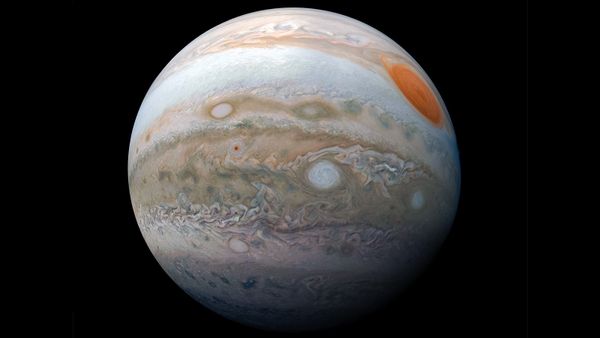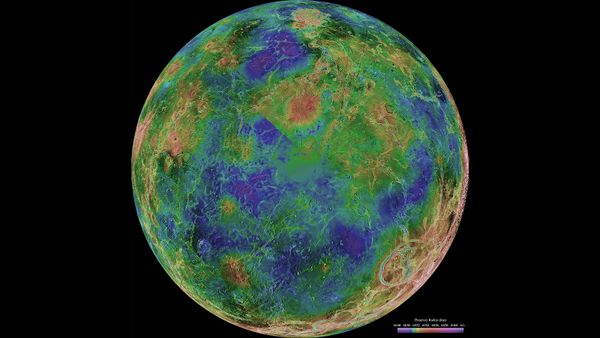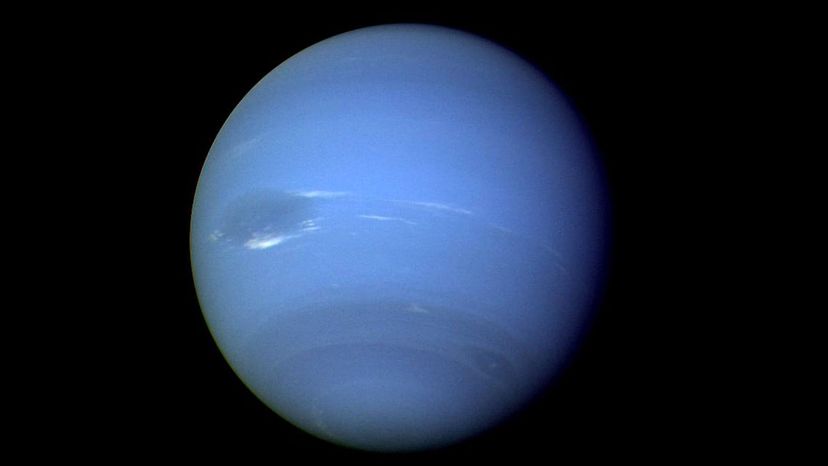
Unless you're a pilot — or a member of the Justice League — anything that can travel at 770 miles per hour (1,238 kilometers per hour) might seem pretty darn fast. On a lukewarm day, when it's 70 degrees Fahrenheit (21 degrees Celsius) outside and atmospheric conditions are normal, that's the approximate speed of sound at Earth's sea level.
But the wind speeds on the giant Jovian planet Neptune can put this figure to shame. Some winds have on Neptune have been clocked at faster than 1,200 miles per hour (2,000 kilometers per hour). To date, these are the fastest wind speeds recorded anywhere in the solar system.
Advertisement
Neptune's location makes them all the more interesting. Here on Earth, the sun's energy is what drives our winds. Yet Neptune's the eighth planet in the solar system, about 30 times farther away from the sun than Earth. The distance between Neptune and its parent star is a staggering 2.8 billion miles (4.5 billion kilometers), making it the farthest planet from the sun.
Due to the vast divide, Neptune gets relatively little solar energy. So one might expect it to have weak or nonexistent winds. The fact that the opposite is true reflects the dynamic and mysterious composition of the fourth largest planet in the solar system.
Advertisement
